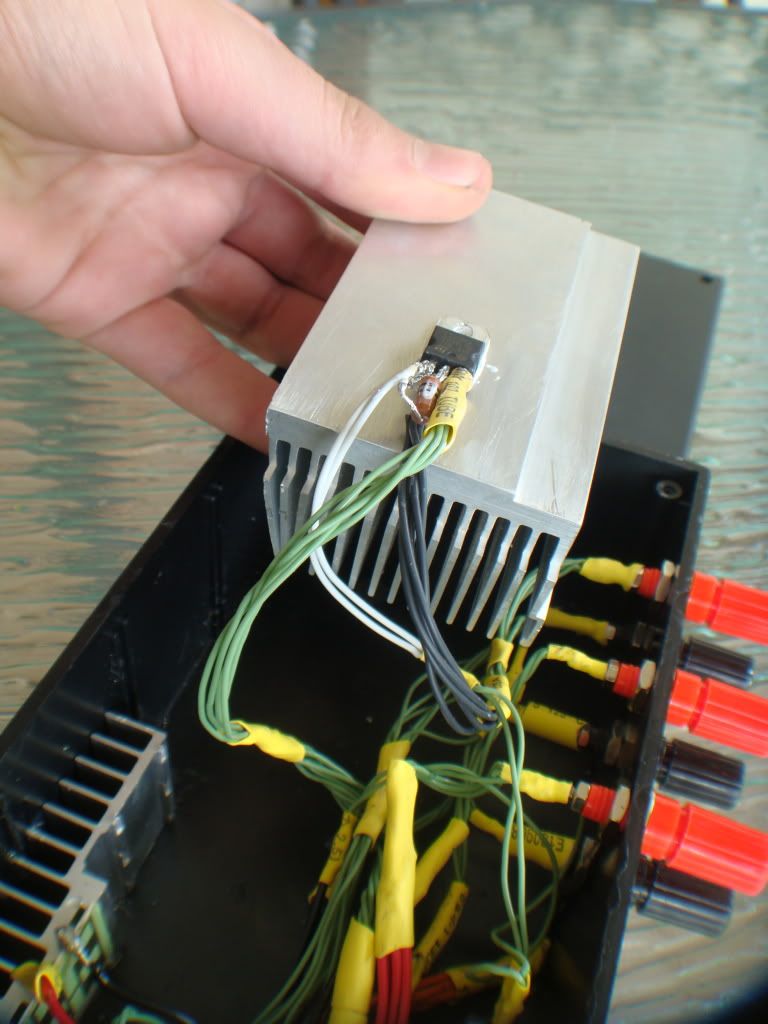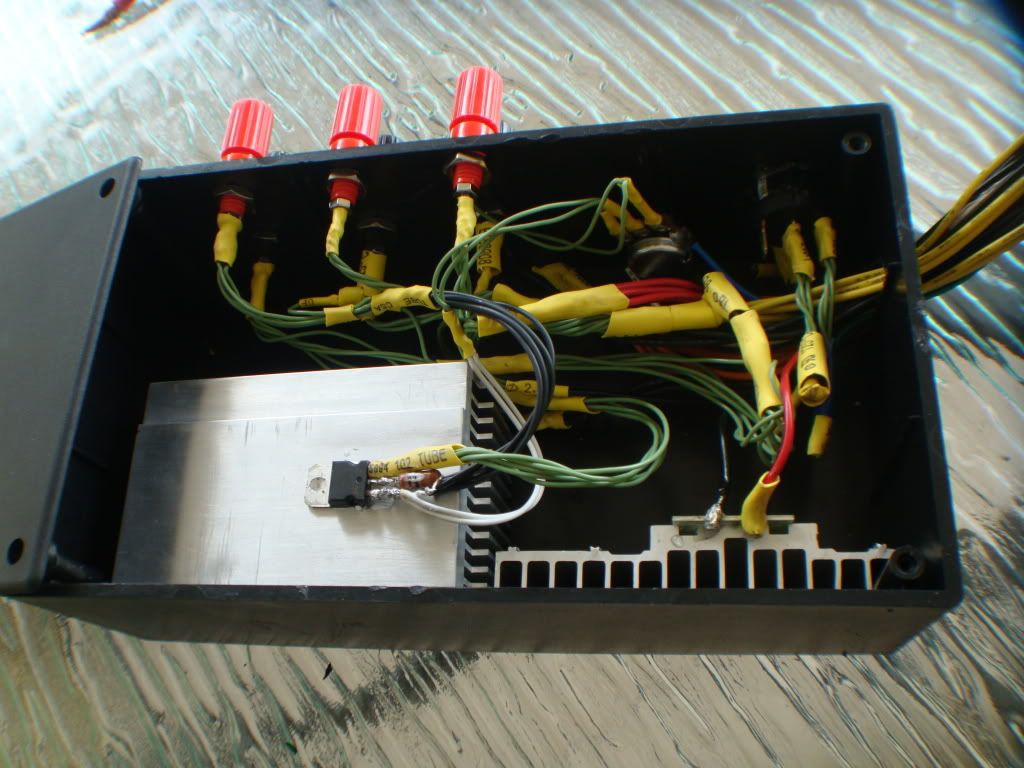Cube777
0
- Joined
- Jul 22, 2012
- Messages
- 426
- Points
- 28
I'm planning to have all the normal voltages to pick from (12V, 5V, 3.3V and -12V), and one separate plug with an adjustable voltage which can handle up to 5 Amps. Thank you for all your help! I can't wait to get started on my PSU, especially after I saw your Blue Ice Machine  +1 coming your and Eud's way :beer:
+1 coming your and Eud's way :beer:







